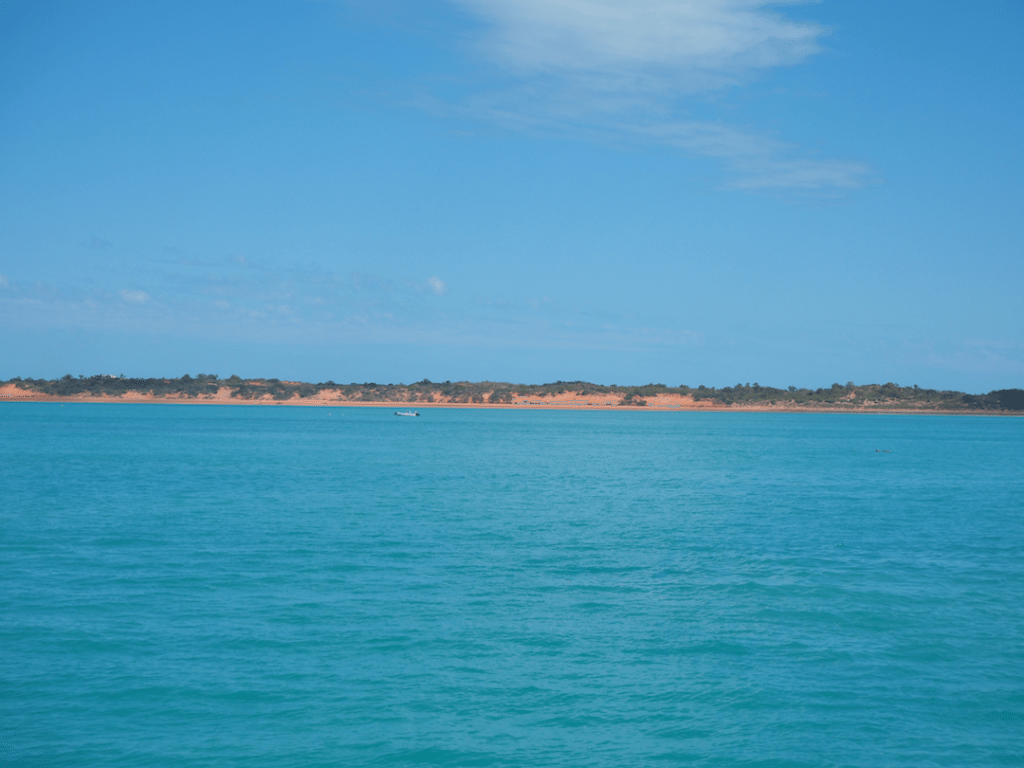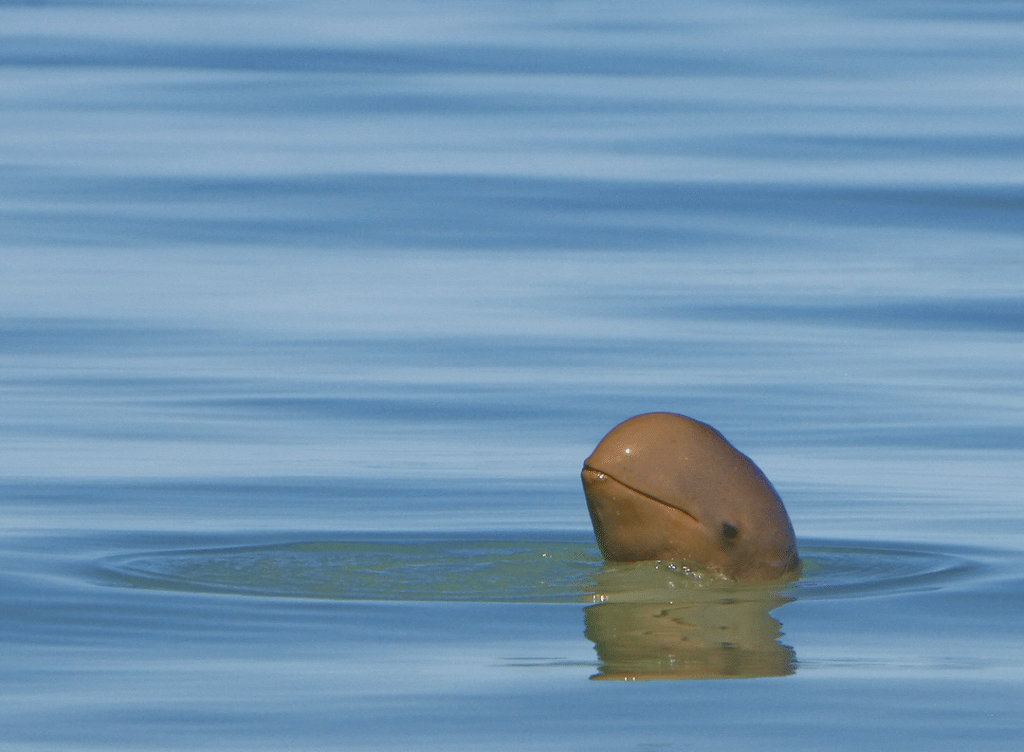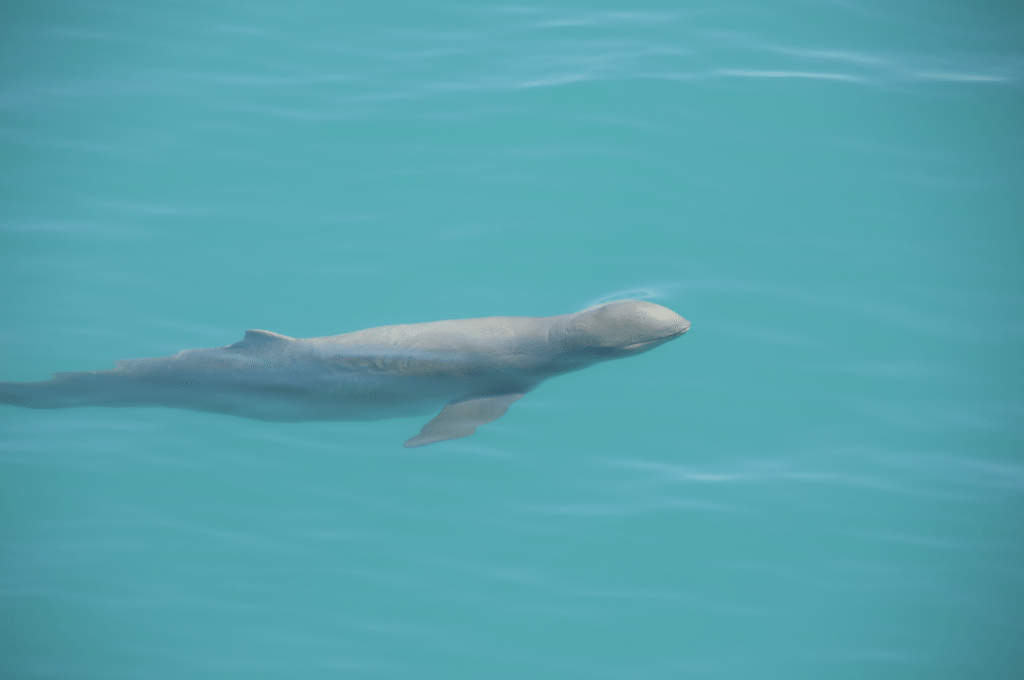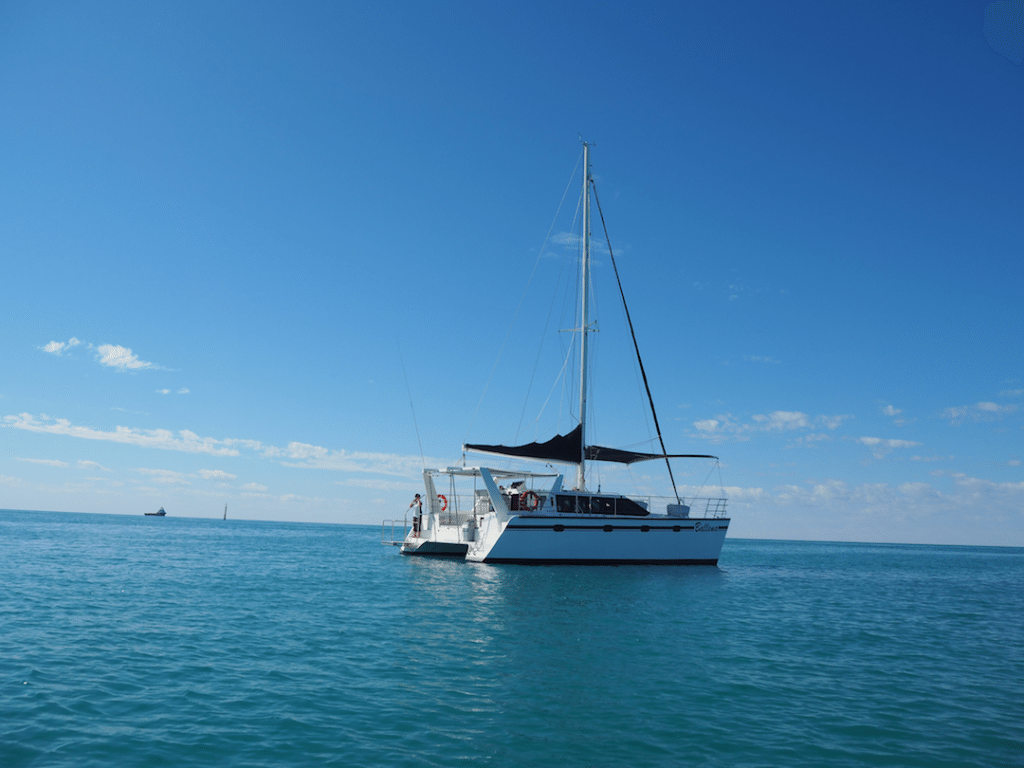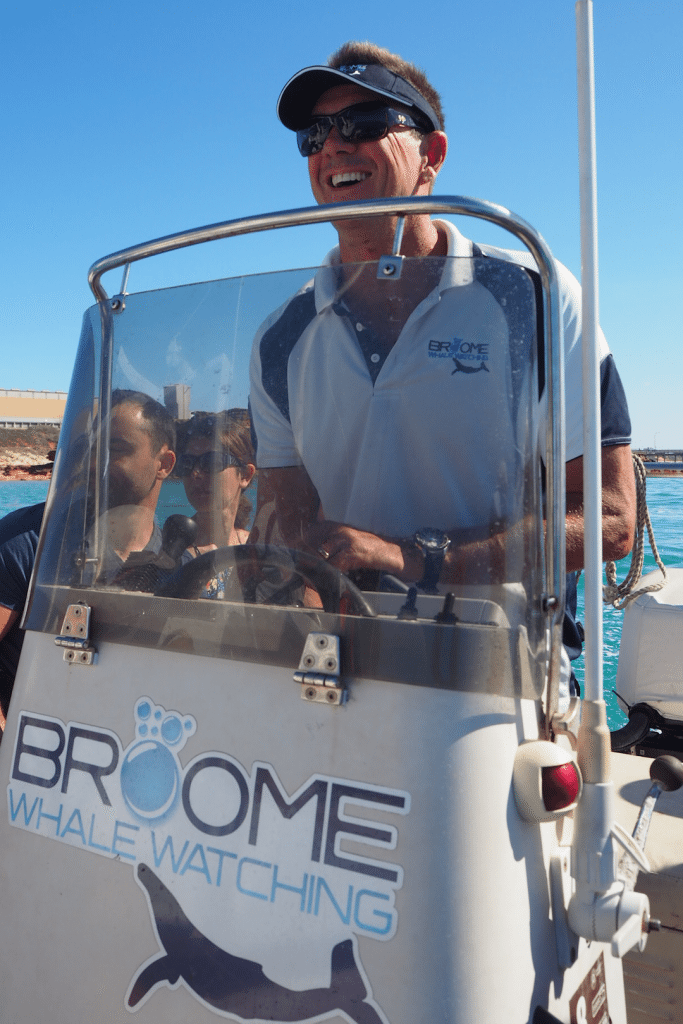If you ever find yourself in Broome in Western Australia, don’t miss the chance to see the “Roebuck Bay locals’, otherwise known as the rare Snubfin Dolphins that inhabit the bay.
I’ve made a short video of my experience, which was nothing short of incredible.
The ‘Roebuck Bay Locals’
Broome is known for its beauty, for Cable Beach, the ancient landscape, the staircase to the moon and for having a laid back vibe, but what many don’t know is that it’s also home to the world’s largest known population of the incredibly rare snubfin dolphin.
Snubfin dolphins live in Roebuck Bay, on the other side of town from Cable Beach, and it’s teeming with marine life. The bay has two more dolphin species namely the bottlenose and humpback, array of fish, manta rays, eagle rays, dugongs, as well as six of the seven different species of turtles worldwide. The bay attracts 100,000 migratory shore birds that feed during the summer to fatten up before migrating to Siberia in winter. Scientists call the bay a “cetacean biologists dream”.
On board a spacious catamaran with accredited tour operator Broome Whale Watching Tours, we head out to Roebuck Bay in search of the snubfin dolphins.
Instantly I’m in awe of the colours of nature – the rusty-red dirt, the green scrub, the huge blue skies and the opaque aqua ocean. The morning already feels magical.
While I scan the ocean, owner of Broome Whale Watching Tours Cameron Birch explains that snubfin dolphins are designed to live in zero visibility.
“Roebuck Bay is a tidal bay over mud flats and as a result, it makes the water murky and muddy. That’s the perfect environment for snubbies – they are an estuarine dolphin and like shallow coastal areas, they are not an oceanic dolphin at all,” Cameron says.
We see a small pod on our morning cruise and follow them from a distance as to not disturb them.
Unlike bottlenose dolphins that have a nose and are agile and fast, Snubfin dolphins are very slow moving and have round heads with no beak. Snubfins are also able to bend their necks, which they do as part of their hunting strategy.
Jason Fowler, Marine Projects Officer at Environs Kimberley said snubfin dolphins are incredibly intelligent because they are able to hunt in an environment where other dolphins can’t.
“The visibility is zero because of the macro-tidal environment and the mudflats. Snubfins have really well-developed feeding strategies where they spit water out of their mouths, and when it lands on the surface the baitfish panic and often jump straight back toward the snubfin, and the dolphin just picks them up,” Jason said.
“Roebuck Bay is very productive – the mudflat is covered with a fine layer of algae growth, which is the basis of the food chain – millions of prawns and animals living off that and the whole food chain kicks comes in affect, baitfish, other fish, so there’s a lot of food for snubfins. In fact, the mudflats have the highest diversity of marine invertebrates in the world – worms, clams, snails, crabs and the like.”
However ideal Roebuck Bay is, snubfin dolphins are so rare that it’s possible that there are less than 1,000 in the world and they can only be found along the northern Australian coastline in small pods from Broome to Gladstone in Queensland.
Roebuck Bay has a relatively big permanent population of snubfin dolphins, around 140 adults.
“Besides a few rogue young males that swim all the way up the coast to find a mate, the snubfin dolphins stay in Roebuck Bay – we call them ‘Roebuck Bay Locals’ because they’re always there,” Jason said.
These unique mammals were named as a new species in 2005, the first new species of dolphin on the planet for over 50 years and it was a privilege to be able to see them in their nature habitat. It’s rumoured that the BBC are doing a documentary on the snubfin dolphins.
“Let’s hope that once the word spreads, their habitat is always treated with the sensitivity it deserves so it doesn’t impact the population of snubfins that we’re so lucky to have in Roebuck Bay,” Jason says.
Broome Whale Watching Tours operates every day in Roebuck Bay
(08) 91 928 163
admin@broomewhalewatching.com.au
www.broomewhalewatching.com.au
This story first appeared in the Broome Visitor Centre guide, wet season 2016

